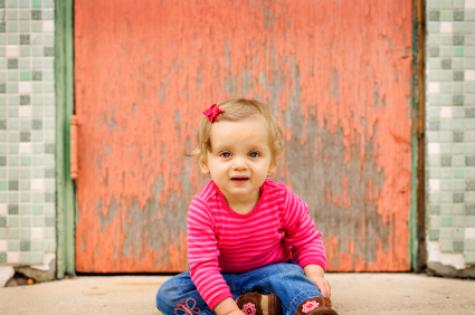You have just finishing congratulating yourself on getting through your baby’s first year of life. Birthday celebrations are over, you are marveling at how your baby is now becoming more mobile, some already walking, others trying hard to crawl, pull to standing and to balance unaided.
Then sleeping in the day starts to deteriorate. What is happening?
Your baby is most likely becoming transitional with their days sleeps; showing signs of readiness to move from two sleeps a day to one. This typically occurs around 14-16 months of age.
Things that you may notice are:
- Having one good morning sleep but difficult to settle for afternoon sleep
- Missing the afternoon sleep altogether
- Difficult to settle at both morning and afternoon sleeps
- That your baby can stay awake longer in the mornings and not go to sleep until after 10am
- That your baby is sleeping well at both their day sleeps but is now difficult to settle in the evening
- That your baby is staying awake for long periods of time in the night.
Not all babies present in the same way showing that they are ready to drop to one sleep. You may think that they are not quite ready to cope with one sleep just yet. Other families are ready to launch straight into one sleep. See what works best for you.
Here are some options to help your baby transition from two sleeps to one.
- If your baby sleeps well in the morning but resists their afternoon sleep, you might try waking your baby at around 45 minutes into the morning sleep so that they will be tired enough to fall asleep in the afternoon. For many babies only getting a morning sleep, this is too long before going to bed at night and makes for a difficult afternoon and a very overtired baby. Making sure that you get the afternoon sleep, will help alleviate that long stretch with no sleep in the afternoons.
- If your baby sleeps well in the day but fights the evening settle or wakes for long periods overnight, consider dropping the length of sleep they have at their day sleeps. You may wake them up at 1½ hours of sleep, or have one hour in the morning and 1½ hours in the afternoon. If this helps the evening and overnight, then that is all you may need to do for now.
- For a baby that stays awake longer in the mornings and is just not ready to settle to sleep until much later that they used to, then try moving to one sleep. Aim to offer an early lunch and milk, then settle your baby around 11am each day. You might find that, for the first few days they don’t sleep for very long and it is a long time to night bedtime, but just be consistent while their body adjusts to their new time frame. You will start to see your baby sleep longer in that first week. Once your baby can settle regularly at 11am, then start to push that sleep gradually back to closer to a midday settle. You may consider moving your baby’s sleep back by 10 minutes every few days to make this an easier transition to a midday time.
Once a baby is down to one sleep a day, we like to aim for 2-3 hours of sleep. If they wake after less than one hour, you may like to encourage them back to sleep.
- Start by taking your child into their room. If you use a sleeping bag, dress them in their bag, or change into comfortable sleeping clothes. Close the curtains and have 5-10 minutes of quiet time together, reading, having a cuddle or chat about the morning. Say your goodnights and settle your child to sleep.
The key thing is when going through this important transition, make sure you give your baby a good few weeks to settle into the new timing of their day sleeps. Resist offering a late afternoon nap if they only had a short lunchtime sleep, so you don’t disrupt the new setting of the timing of one sleep each day.
We hope you enjoy your growing baby.



















__small.png)










